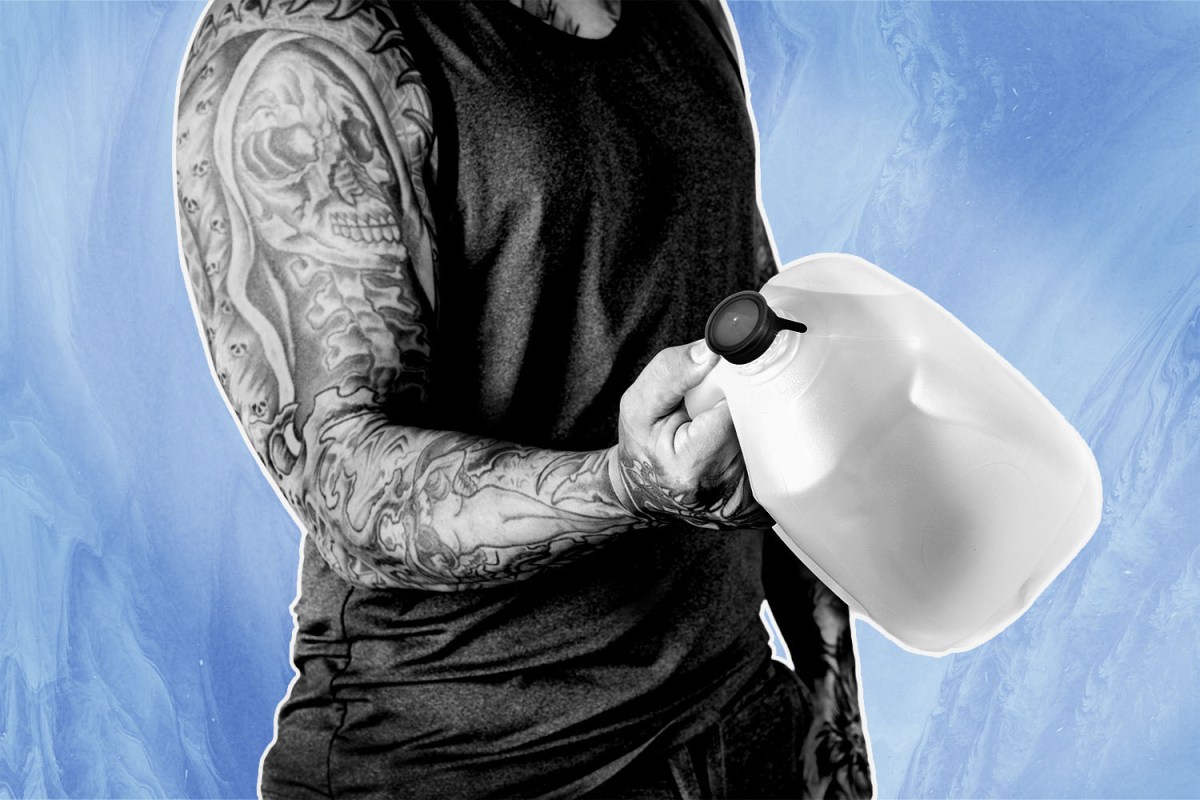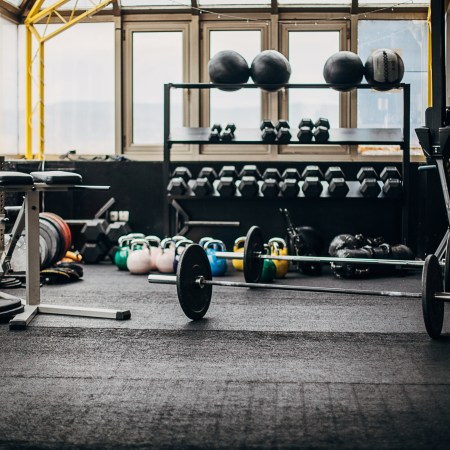If you spent the early days of quarantine hammer-curling household items, it’s understandable that you’re now inclined to stick to proper gym equipment. Dumbbells and kettlebells don’t have skim milk or Windex gurgling around in them as you strength train, after all, and they’re both now exceedingly easy to come by without online shipping shortages to worry about. Besides, once health clubs officially reopened, some Americans swore they’d never stage an at-home workout again — whether with a connected fitness machine or a wooden chair.
Still, while household exercises were born from necessity, they aren’t necessarily ineffective. “Liquid weight,” in particular, deserves a place in your post-pandemic lifting routine.
It’s Never Too Late to Try Tai Chi. Here’s How.
The gentle art is perfect for lifelong fitnessWhy It’s Good for You
One of our favorite strength training credos comes to mind here: “The best fitness routine is a consistent one, but that doesn’t mean it needs to be conventional.” When your lifting routine becomes too conventional (re: predictable, humdrum, easy) you’re more likely to mentally check out and physically plateau.
That’s where unconventional training tools are a real game-changer — things like battle ropes, truck tires, sledgehammers, weighted bats and maces. Aqua bags and jugs are most spiritually similar to weights filled with sand. FitFighter’s popular Steelhouse weights come to mind, too, a recycled firehose filled with steel pellets.
This sort of equipment tends to recruit different muscle patterns and demands total concentration because of the shiftiness of the weight. It’s really unfamiliar and uncomfortable to feel the weight cascading to and fro when you’re trying to execute a squat or a skull crusher, but that’s a good thing. Some benefits of unstable loads:
- They simulate the heaves encountered in everyday “lifting” situations. No matter how expertly a Trader Joe’s cashier packed your bags, things will move around in there.
- They naturally compel you to recruit/engage your core (which we should all be doing while strength training, anyway), turning whatever exercise you’re doing into a full-body affair.
- They demand a combination of grip strength and motor skills, which are the most important mortality predictors found in the gym.
- They make you better at conventional forms of lifting that you’re used to. Research has shown that lifting an unstable load “significantly increases total lifting time, COP-length and muscular contraction levels.”
Working Out with Water
Lifting things filled with water is also really fun. It’s random and different. And this is actually the perfect time to indoctrinate aqua-lifting into your routine, considering you don’t have to. It can be an elective complement to whatever rhythm you’ve already got going on. Once every two weeks, say, work out with water instead of throwing around the usual rubber and steel at the gym.
If you’re looking to spend very little, don’t mind DIY and still have an appetite for home lifts, just grab a couple of gallon jugs from your local corner store. Empty them to a weight that suits you, mindful that the all-important instability derives from there being enough space for the water to slosh around. From there, try curls, presses, rows, squats, farmer’s carries — you name it. You can play around with gripping the handles or the body and can even abandon one of the jugs for lower-body exercises like lunges (holding in either the right or left hand) or squats (clutching at the middle).
For advanced lifters, or those willing to make a larger financial commitment, Onnit has a pretty epic option with a 4.6 rating after 225 reviews. It’s called the HydroCore Bag, and it’s essentially a Bulgarian Bag — with the same crescent shape and propensity for plyometric training — except there’s water in there instead of sand. The design was inspired by Zodiac boats, those inflatable-yet-somehow-indestructible vessels that Navy SEALs take along on any mission that involves water.
The inflatability means you can take the HydroCore places, should you so choose. It also has reliable grips and a no-nonsense valve, as opposed to a five-cent cap. (If you take to aqua-lifting, the peace of mind that your weight won’t suddenly end up on your shorts and all over the floor could prove comforting.)
Some like to tease that lifting is just picking things up and putting them back down. Which is reductionist, yeah, but also sometimes a little true. When you get accustomed to getting in three lifts a week, every month, year after year, it’s easy to forget how many versions of strength training are available to us.
The prescription for lifting aqua bags is a little different. It’s a battle within a battle, in which the water wants to keep going in whichever direction you were moving it — but you won’t let it. In the end, it’s still picking stuff up and putting it back down. But isn’t that life, in a way? Might as well get better at it.
The Charge will help you move better, think clearer and stay in the game longer. Subscribe to our wellness newsletter today.

























